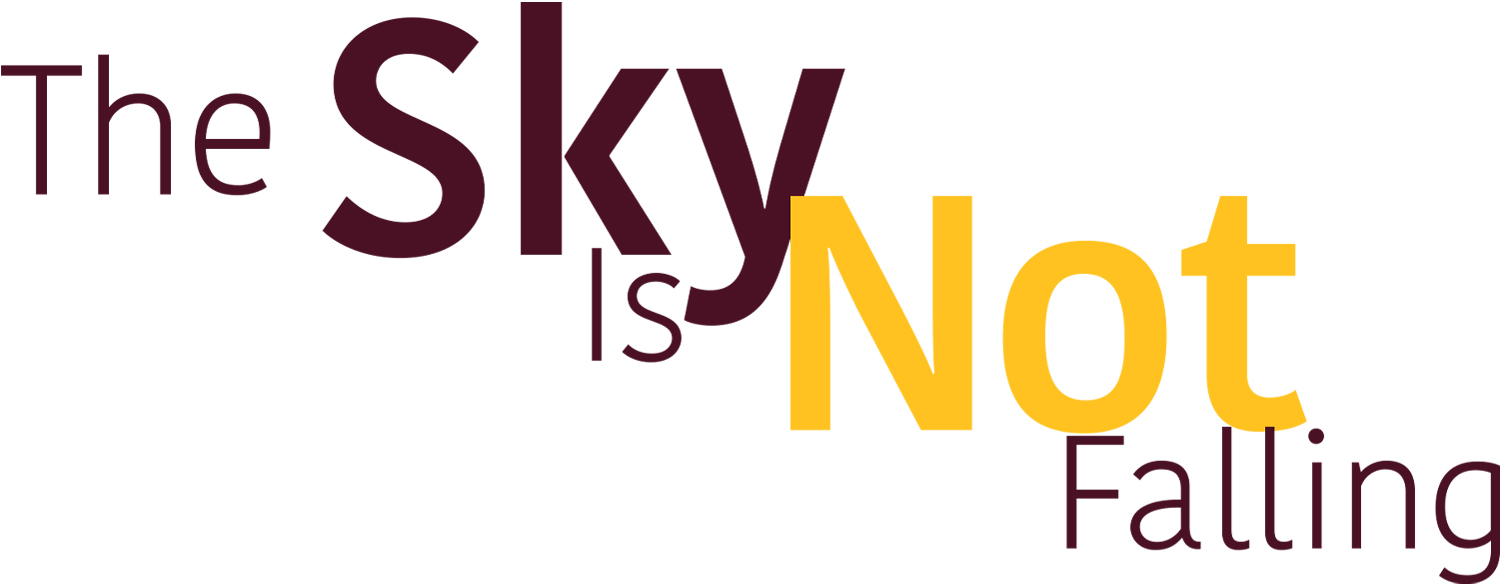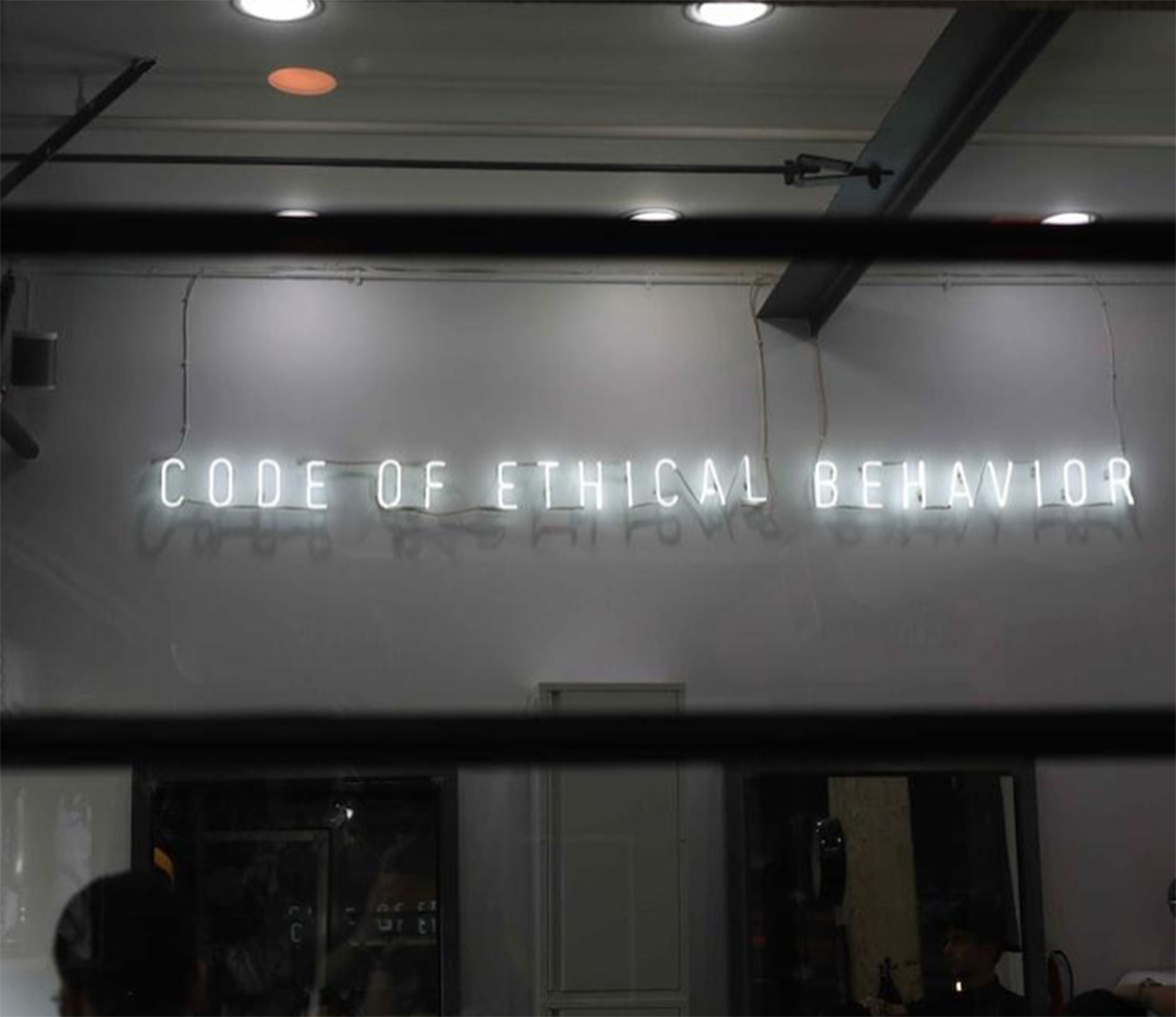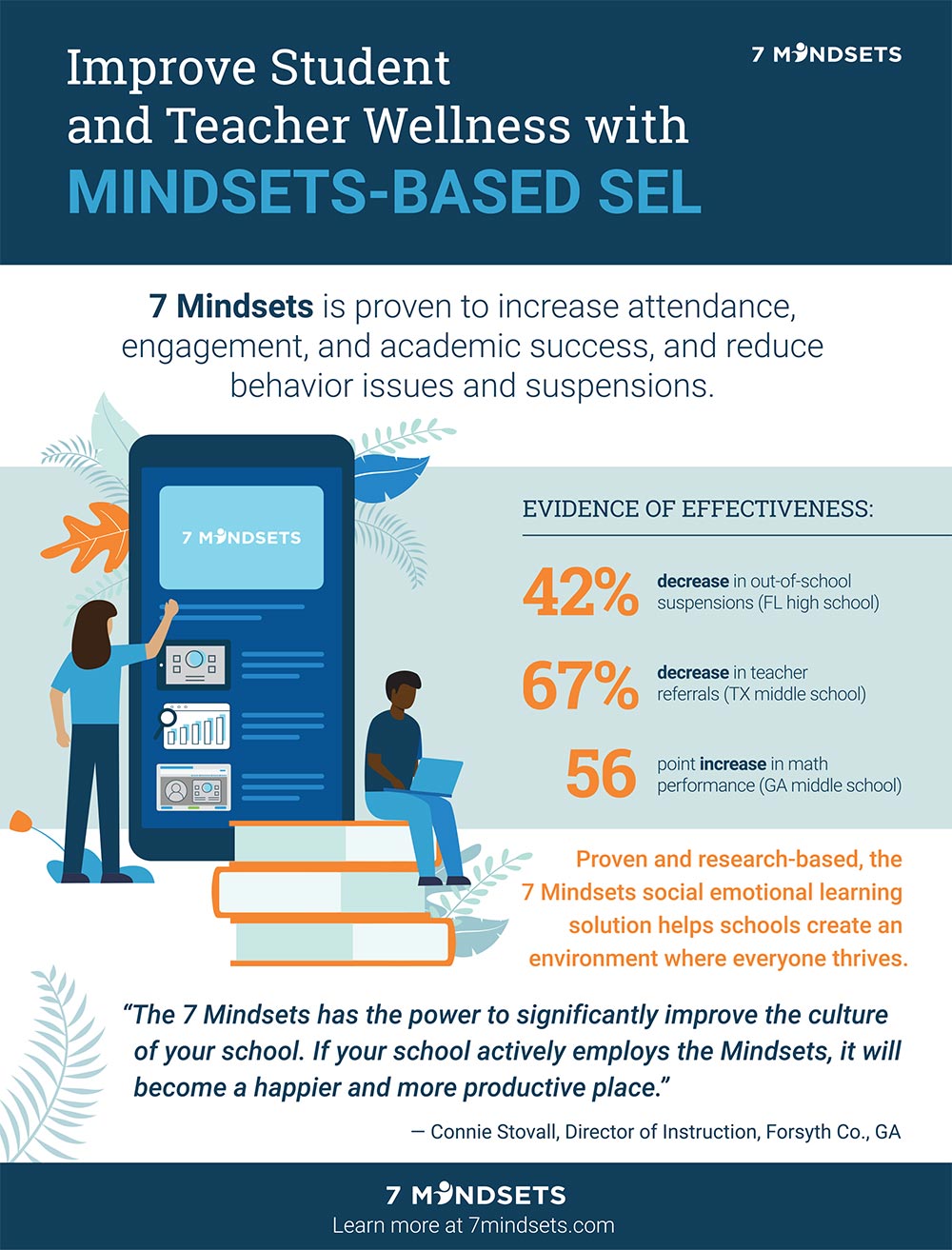
NOPE
It’s STILL
not Falling.
Working to integrate the lessons learned about the use of EdTech during the pandemic


NOPE
Working to integrate the lessons learned about the use of EdTech during the pandemic
(CONTENTS)
(ET) Magazine is dedicated to providing the information and context necessary to advance the efficacy of technology used in education. Our articles are carefully selected by our editorial advisory board and are written by the finest minds in the world of EdTech.
Beyond Curriculum (in a Post Pandemic World)
By Charlie Warhaftig
Now that We’ve Cruised Past COVID, (Let’s Stay the Course)
By Kevin Dorsey, Ed.D.
The Sky is NOT falling. The Sky is NOT falling.
By Scott Kinney
(Potential Challenges) of Distance Education on Mars
By Mark Wagner, Ph.D.
AI in Education (and its Ethics)
By Ray Solomon
By Jason Nordlicht
Growth is a Mindset and Technology is at the Core
By (ET) Magazine Editorial Staff
What Future Business Needs from Schools: Bridging workforce needs to a K-12 environment
By Stuart Patton
Teaching Disruptive Technologies to Prepare Students for the Future
By Jude Ross
Editorial Board of Advisors
To subscribe to (ET) Magazine, please click, https://www.et-mag.com/subscribe


By Charlie Warhaftig
Back in the 70s, as a result of the Vietnam War, we had hundreds (and possibly thousands) of our soldiers that were Missing in Action. I remember those days well. In fact, I wore a POW/MIA bracelet, as did many of my friends. There is nothing worse than having people you care about missing in action.
Now that We’ve
(Let’s Stay the Course)
Now that We’ve
Cruised Past COVID,
(Let’s Stay the Course)



In some corners of the internet I have read articles outlining the failure of EdTech in the COVID era of instruction. Now I am not a “learning loss” or an “unfinished learning” denier but the data is clear that despite the heroic efforts of school systems and caregivers, the impact of the Pandemic on K–12 student learning was significant. However, I reject the premise that edtech failed students during the pandemic. Quite simply, you cannot believe everything you read on the internet.
of Distance Education on Mars

(and its Ethics)

Artificial Intelligence is the ability of machines to work and think like the human brain. Within AI, Machine Learning is the study of algorithms that learn from examples and experiences. As data becomes more complex, Machine Learning is able to identify patterns and apply them to future predictions. Furthermore, Deep Learning is a sub-field of machine learning that uses different layers to learn from data. In Deep Learning, the learning phase is done through a neural network, an architecture where the layers are stacked on top of each other.

How EdTech is Driving the
Market (and) Shaping the
Future of Learning in its Wake
By Jason Nordlicht
The concept of ‘classroom education’ has radically changed since the Pandemic. Accelerated by nationwide school closures during 2020, schools were challenged with combinations of in-person, hybrid, and remote learning models. Teachers had to adapt to unexpected conditions and teaching in unprecedented ways.
Technologies such as Artificial Intelligence, Virtual Reality and Augmented Reality have expanded teaching options in the education industry, providing opportunities for learners far outside the reach of the traditional classroom. EdTech is now at the head of the class offering promising learning experiences with seamless integration of teacher-student communication. In fact, education technology is at an inflection point – global EdTech digital spending is already over $250bn and is expected to reach $600bn+ by 2027. Growth drivers in EdTech will undoubtedly continue to thrive for the near future, benefiting from demonstrable value and growing recognition of the mission critical nature of innovation, improvement, and optimization to maximize learning outcomes. These transformations will be especially important in the coming years for school districts that are now working to leverage the lessons learned during the Pandemic-era. These technologies will be used to optimize the learning experience in both remote and in-person settings through both synchronous and asynchronous learning modalities.

Growth is a Mindset
But grow it did. And people began taking notice, especially district superintendents, curriculum directors, school counselors and parents. And evidently, a researcher for Inc. Magazine, who decided to place this mindsets-based social emotional learning company on their Fastest Growing Companies list.
To be sure, the situation on the ground had a lot to do with the growth. The amount of stress caused by the pandemic was instrumental in driving the need for a mindsets company. But it didn’t start there. In fact, social emotional learning has been needed for much longer. And the key to its growth wasn’t the pandemic, but the technology that made the program so accessible. And the rest is a historical blur.

For the most part, assumptions were made that these skills would be best developed from an academic foundation. Right or wrong, the measurement of educational success we work with today is still linked directly to academic achievements, sometimes referred to as hard skills, where it’s possible to create an accurate measuring system. The education system, especially at K-12, is set up to ensure students are honed in these skills. The question now, is what else is needed from the formal education system from the workforce perspective.

Teaching Disruptive
Technologies
to Prepare Students
for the Future
By Jude Ross
Recently I have been rethinking the idea of how we teach students to prepare them for the future. When I ask questions surrounding what they need in order to succeed professionally and personally over the next 20 years, I muse over the upcoming “Fourth Industrial Revolution,” a nod to the original of the early 1800s when tens of millions left a life of farming for city work in factories. According to a 2017 report from McKinsey Global Institute, up to one-half of all the jobs that currently exist in the world will disappear during this upheaval. This is due to disruption from new industries and technologies, such as Artificial Intelligence, Big Data, Deep Learning, Robotics, as well as PWC’s essential technologies. As former U.S. Secretary of Education Richard Riley famously stated, “We are currently preparing students for jobs that don’t yet exist, using technologies that haven’t been invented, in order to solve problems we don’t even know are problems yet.”



